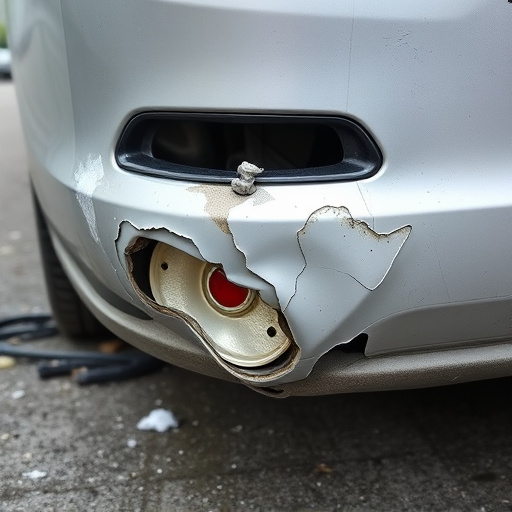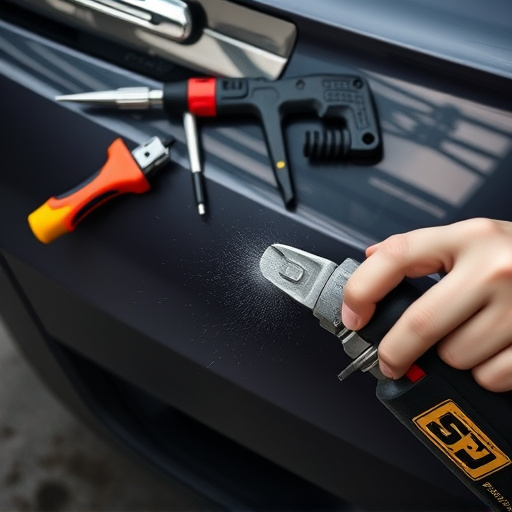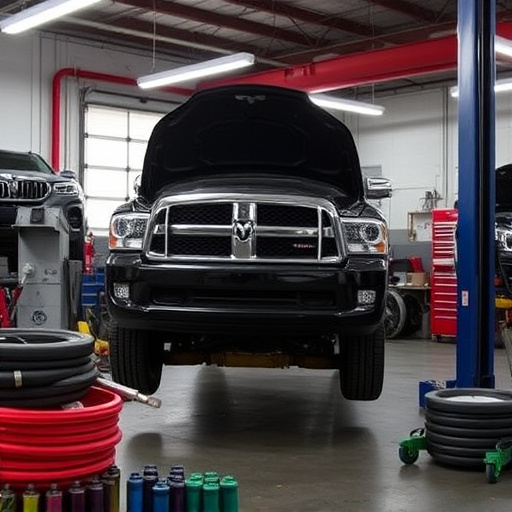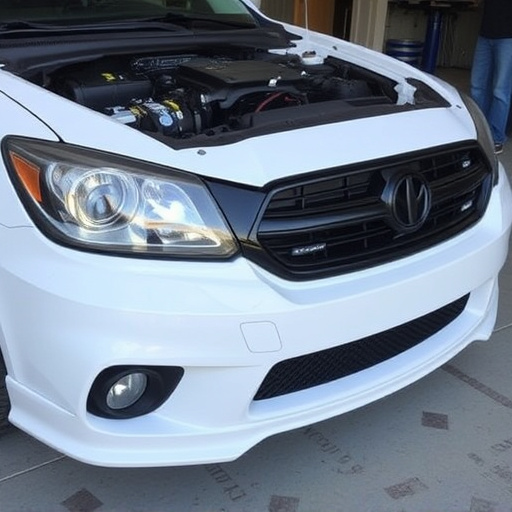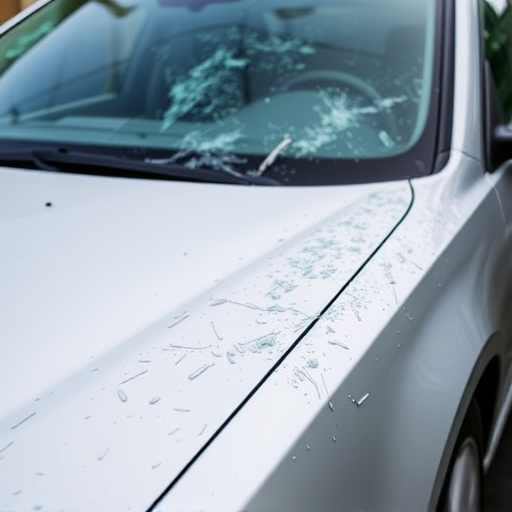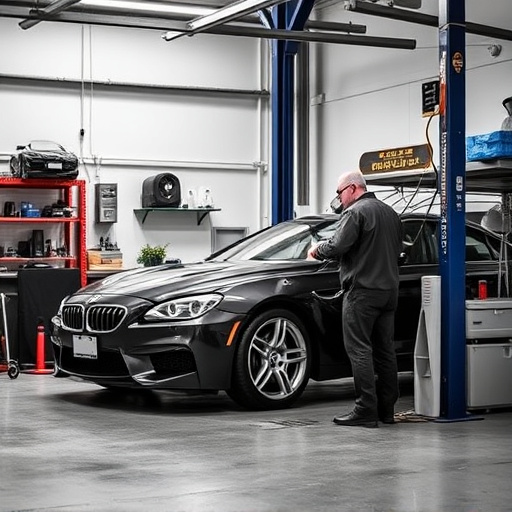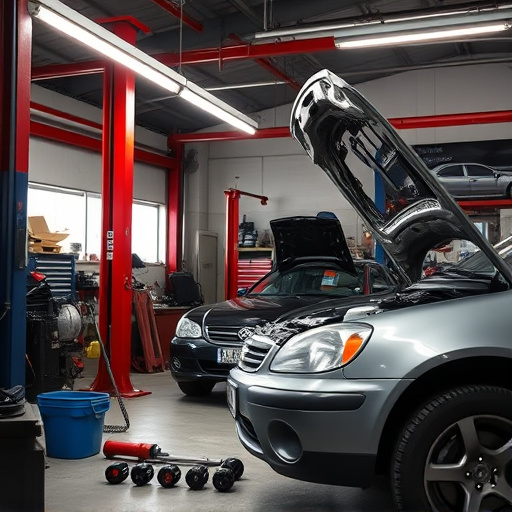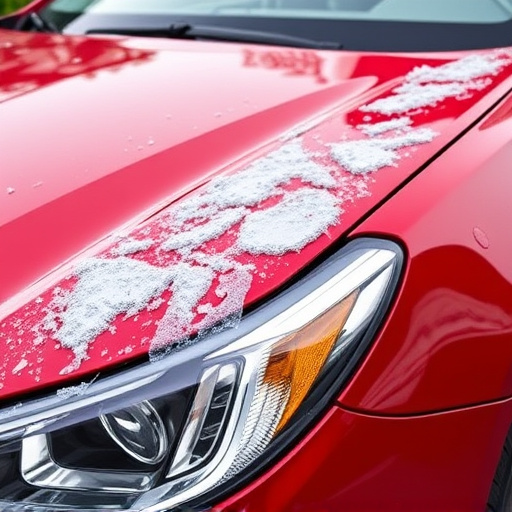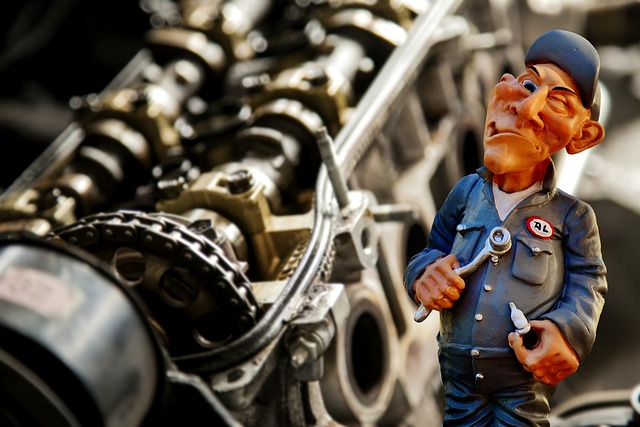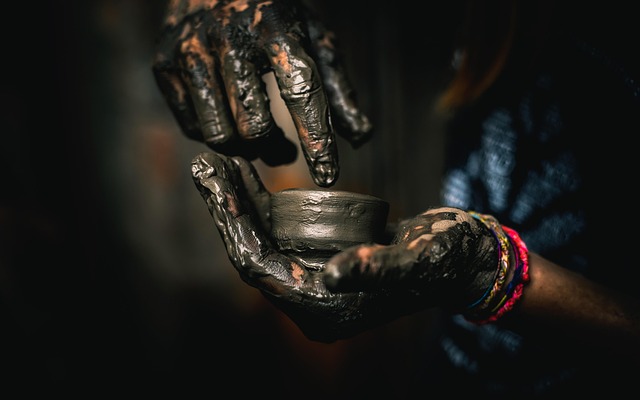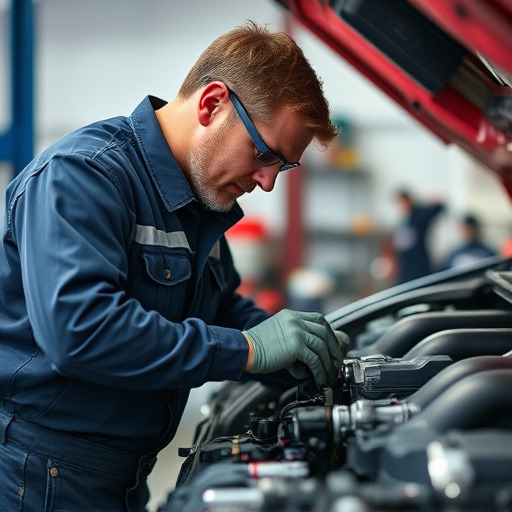Vehicle collisions can cause significant damage to a car's cooling system, particularly radiators and hoses, leading to safety risks and reduced engine performance. Recognizing signs of cooling system accident damage is vital for effective collision repair. In cases of impact-induced cracks, leaks, misalignment, or deformation, consulting a trusted automotive body shop specializing in post-accident restoration is essential to preserve the vehicle's integrity, prevent overheating, and ensure optimal engine functionality.
After a collision, vehicle owners often face unexpected issues, especially with the radiator and hoses. This article delves into the intricacies of these components and how accidents can cause significant damage. We’ll guide you through understanding the basic structure of a radiator and its associated hoses, commonly overlooked yet critical elements in your car’s cooling system. By exploring common culprits behind post-collision damage, we aim to enhance awareness of potential safety hazards and the importance of prompt maintenance.
- Understanding Radiator and Hose Components: A Basic Guide
- Common Causes of Damage During a Collision
- Effects on Cooling System Efficiency and Safety After an Accident
Understanding Radiator and Hose Components: A Basic Guide
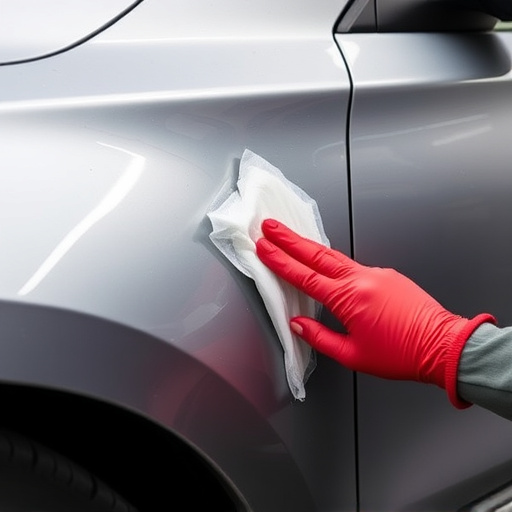
The radiator and hoses are vital components of a vehicle’s cooling system, working together to regulate engine temperature. The radiator, often located in front of the car, acts as a heat exchanger, allowing coolant to circulate and absorb heat from the engine. Connected to the radiator are hoses that facilitate the flow of coolant between the radiator and the engine. These hoses are typically made from durable materials like rubber or plastic, designed to withstand high temperatures and pressure.
In the event of a collision, especially at higher speeds, significant force can be transferred to these components, leading to potential damage. Accidental impacts can cause dents, cracks, or even tears in the radiator and hoses, compromising their integrity. Recognizing the signs of such accident damage is crucial for safety and proper car body repair. If you suspect any cooling system accident damage, it’s recommended to seek assistance from a trusted automotive body shop to ensure the longevity and efficient functioning of your vehicle’s cooling system.
Common Causes of Damage During a Collision
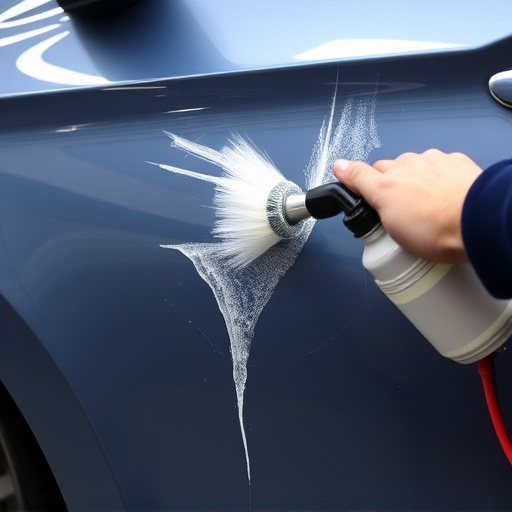
In a collision, several factors contribute to damage, especially to intricate systems like the cooling system. Common causes include high-impact forces that can lead to cracks or leaks in radiators and hoses, which are often made of glass or plastic. The force of the crash may also cause misalignment or deformation of components within the vehicle’s frame, further exacerbating the problem.
Additionally, severe accidents can result in what’s known as “frame straightening,” where the car’s structural integrity is compromised. This can create issues not only for the cooling system but also for other critical parts of the vehicle. Consequently, it’s crucial to visit a reputable collision repair center that offers excellent auto body work to assess and fix these problems effectively, ensuring your vehicle’s safety and performance after an accident.
Effects on Cooling System Efficiency and Safety After an Accident
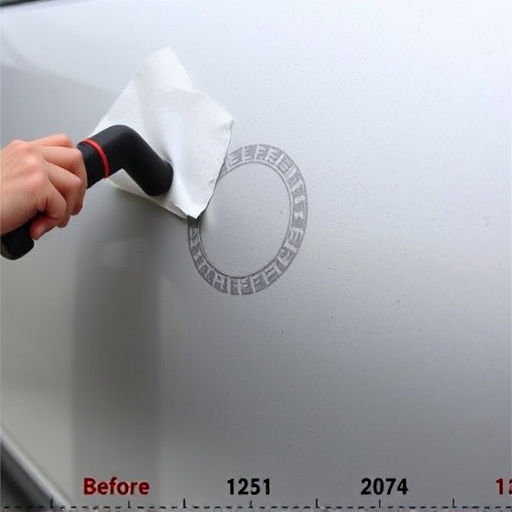
In the aftermath of a collision, the health of a vehicle’s cooling system can suffer significant damage. Radiators, responsible for dissipating heat from the engine, and their associated hoses are particularly vulnerable to accident-related stress. Cracks or leaks in these components not only impact the vehicle’s performance but also pose potential safety hazards. A compromised cooling system can lead to overheating, which may cause further damage to the engine, leading to costly repairs and reduced longevity of the vehicle.
Properly addressing radiator and hose damage after a collision is crucial. Skilled body shop services offer specialized techniques for fender repair and tire services, ensuring not only the aesthetic restoration but also the structural integrity and safety of these vital components. By leveraging expert knowledge and advanced tools, technicians can effectively evaluate and fix any damage, enhancing the cooling system’s efficiency and maintaining the overall well-being of the vehicle.
After a collision, radiator and hose damage can significantly impact your vehicle’s cooling system efficiency and safety. Understanding these components’ basic structure and common causes of harm is crucial for navigating post-accident repairs. By addressing these issues promptly, you ensure the longevity of your car’s cooling system, preventing further complications that could jeopardize both performance and driver safety, especially in extreme conditions.
